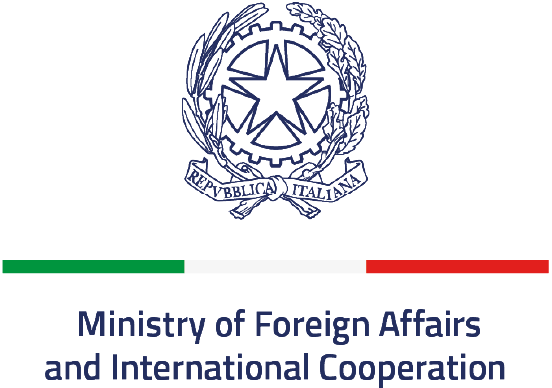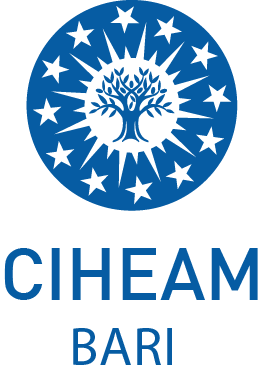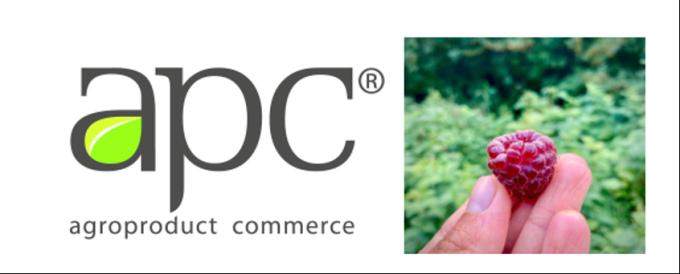Journal Article
Evaluation of the chemical and nutrional properties of Tunisian almond cultivars
Year:
2020
Author:
Gouta H., Ksia E., Laaribi I., Molino F., Estopañan G., Juan T., Kodad O., Martínez-Gomez P., Martínez-García P.J.
You must be registered to see all the content
The aim of this research was to evaluate for the first time protein, oil content, fatty acid profile and sugar composition for the main commercial almond cultivars in Tunisia in comparison to foreigners. Thus, fruits from twelve locals and five introduced cultivars from France, Italy and Spain were analyzed over two years. In fact, total oil content varied from 52.28% (Blanco) to 60.95% (Lsen Asfour) in the first year and from 47.75% (Zahaaf) to 56.15% (Mahsouna) in the second. However, the highest oleic acid content was noted in Francoli (76.2%) for both years. It was followed by Sahnoun (75.11%) firstly and Abiodh (73.02%) secondly. Likewise, the highest linoleic acid content was observed in Porto for both studied years (22.87% and 23.67%). The highest palmitic acid content was detected in Porto (7.02%) and in Tuono for the consecutive years. Sugars profile was quite distinctive among cultivars. The cultivar Porto presented the highest total sugars (5.8 g/100g DW) and sucrose contents (4.96 g/100g DW). Nevertheless, protein content doesnt show extreme values. For both years, the local cultivar Zahaaf presented the highest protein content (27 g/100g DW) while introduced French cultivar Fournat de Breznaud presented the lowest protein content (17 g/100g DW). All the analyzed components were different significantly according to cultivar and year effects. Results evidenced that the local Tunisian cultivars are highly rich in oil and fatty acids particularly oleic and linoleic acids, confirm the almond kernel as a high nutritional dietetic source and underline the high adaptability of some introduction.
Secondary Author:
DOI Link: https://doi.org/10.14674/IJFS-1794









.jpg)
